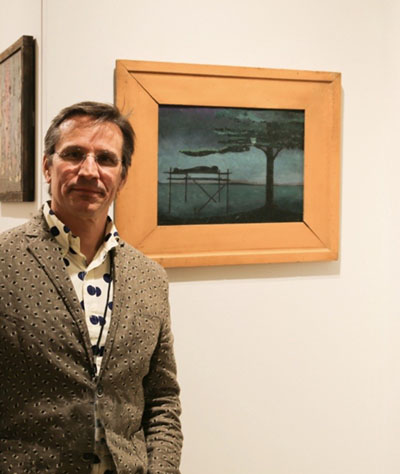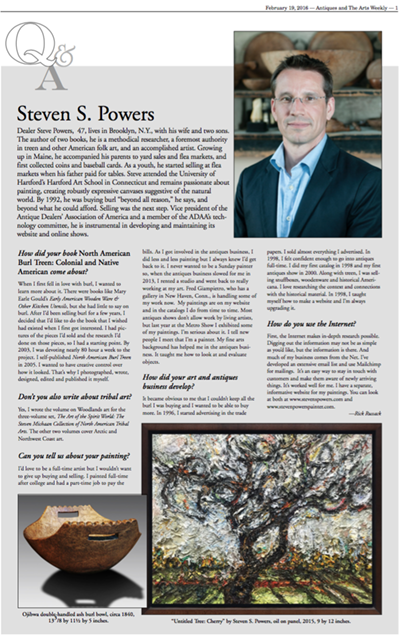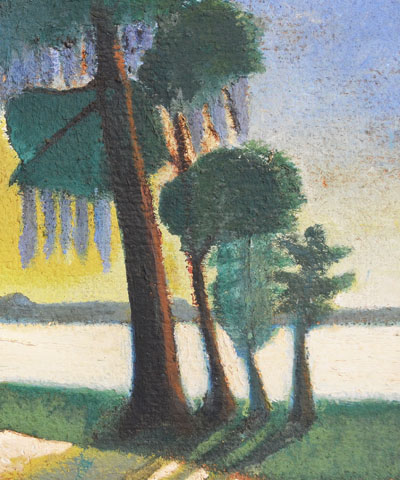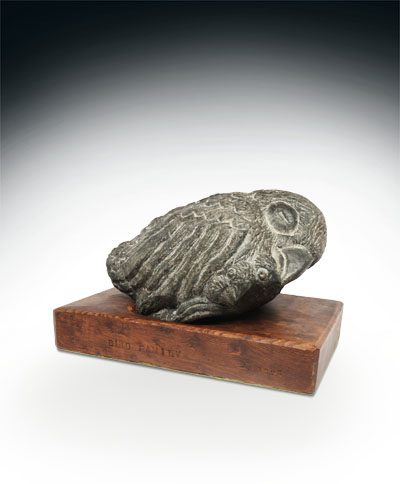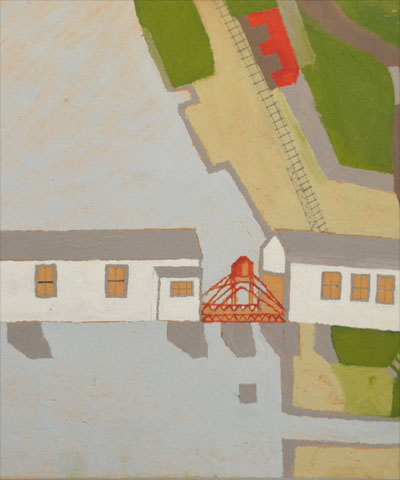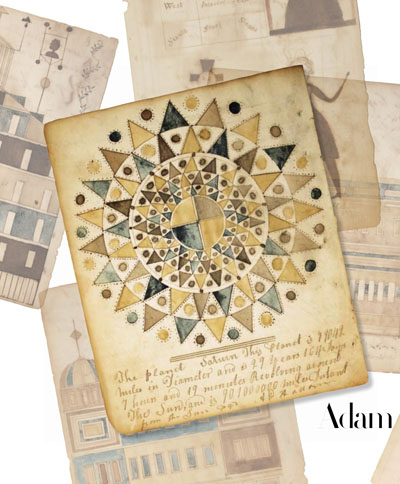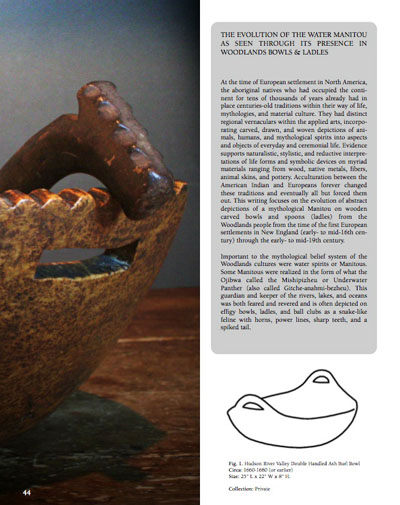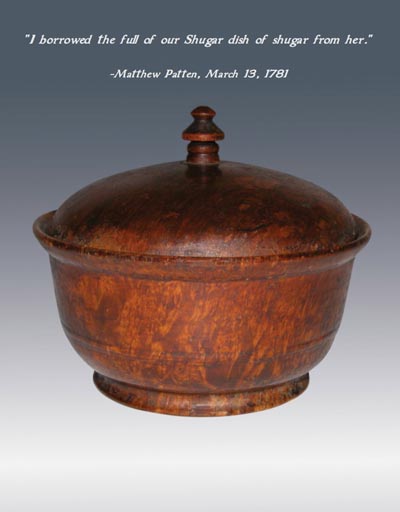- HOME
- INVENTORY
- GALLERY
- BOOKS
- CATALOGS
- ABOUT & MORE
- CONTACT
Contact Us
ARTICLES
A selection of SCHOLARLY articles and essays about or by Steven S. Powers.
STEVEN POWERS, NEW YORK - MEET THE COLLECTOR PART THIRTY THREE
by: Jennifer Gilbert, June 2020.
Iwas recently interviewed by the art dealer, Jennifer Gilbert from the Jennifer Lauren Gallery. Click the image to the right and "Get To Know Me!" as the old Saturday Night Live skit said.
I fully recommend browsing and reading about the other dealers and collectors in this series as well.Q & A with Steven S. Powers
from: Antiques & The Arts Weekly, February 19, 2016
by: Rick Russack
Dealer Steve Powers, 47, lives in Brooklyn, N.Y., with his wife and two sons. The author of two books, he is a methodical researcher, a foremost authority in treen and other American folk art, and an accomplished artist. Continue reading...
Please click on large image to link to the full article
CHARLES WOODWARD HUTSON (1840-1936)
by: STEVEN S. POWERS
In Sidney Janis' groundbreaking book," They Taught Themselves," Janis writes of Hutson, "he seemed to see colors and forms that were not visible to other eyes - particularly a certain marvellous 'blue' which he tried in vain to put into his pictures."
Charles Woodward Hutson was a self taught artist, but not the naive, uncultivated or poorly educated artist that is often associated with the self taught. Hutson was born of a well to do family in McPhersonville, South Carolina. Privately educated, Hutson planned to follow in his fathers footsteps and become a lawyer. However, soon after graduating college, the Civil War broke out and Hutson felt a sense of duty and enlisted as a private. He was wounded at the Battle of First Manassas, recovered and then fought in several campaigns throughout the war until the end in 1865. Sherman's army destroyed eight homes belonging to members of the Hutson family.
JAMES W. WASHINGTON, JR.: STONE MASON
by: STEVEN S. POWERS
The son of an African American Baptist minister who was run out of town by the Ku Klux Klan and never to be seen again, and a deeply religious and supportive mother, James W. Washington, Jr. (1909-2000) knew from an early age that he had something unique within him—that his abilities and imagination would manifest and take him away from the segregated and oppressive environs of Gloster, Mississippi.
Washington's spirited, but quiet carvings can be seen as a cross between two other direct carvers; the African American Folk Artist William Edmondson (1874-1951) and American sculptor John Flannagan (1895-1942). Washington felt that it was the spirit of God that he drove into stone to bring it to life. Edmondson thought his work was driven by the hand of God, while Flannagan felt that direct carving or taille directe, ensured vitality to the final carving. Improvisationalists know that something too studied may be proficiently academic, but often void of life. Therefore, Washington took right to the chisel—life starts with a spark—like a hammer's first blow against granite!
George E. Morgan (1870-1969): Memories of the Kennebec
by: STEVEN S. POWERS
Mapping has occurred across time and cultures and the ability to map, to express in material form the cognition of large-scale environments from wholly or partially aerial perspectives, is indeed a cultural universal. -David Stea, James M. Blaut and Jennifer Stephens Mapping As A Cultural Universal
In 1962, the town of Hallowell, Maine was celebrating its 200th birthday, or bicentennial. A commemorative book was commissioned and printed, documenting its rich and industrious past—events were planned and banners put up. Nearby in the town of Gardiner, surely inspired by the locale fanfare, a resident nearly half as many years old, put brush to canvas and recorded his recollections of a time when the towns of Hallowell, Gardiner, Randolph, and other mill towns of the Kennebec River were vital exchanges of the Maine economy.
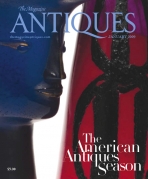
ADAM HODAM'S CIPHER BOOK DISCOVERED
from: The Magazine Antiques, January 2009
by: STEVEN S. POWERS
Please click on large image to download PDF.
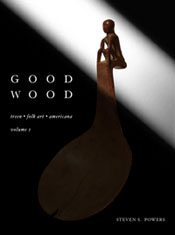
THE EVOLUTION OF THE WATER MANITOU AS SEEN THROUGH ITS PRESENCE IN WOODLANDS BOWLS & LADLES
from: GOOD WOOD: vol 1
by: STEVEN S. POWERS
Please click on large image to download PDF.
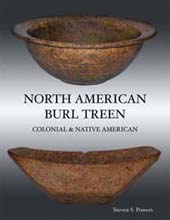
THE PATTEN FAMILY SUGAR BOWL
from: NORTH AMERICAN BURL TREEN: COLONIAL & NATIVE AMERICAN
by: STEVEN S. POWERS
Please click on large image to download PDF.
STEVEN S. POWERS • 53 STANTON ST, NY, NY 10002 • 917-518-0809 • email: steve@stevenspowers.com • © all rights reserved

